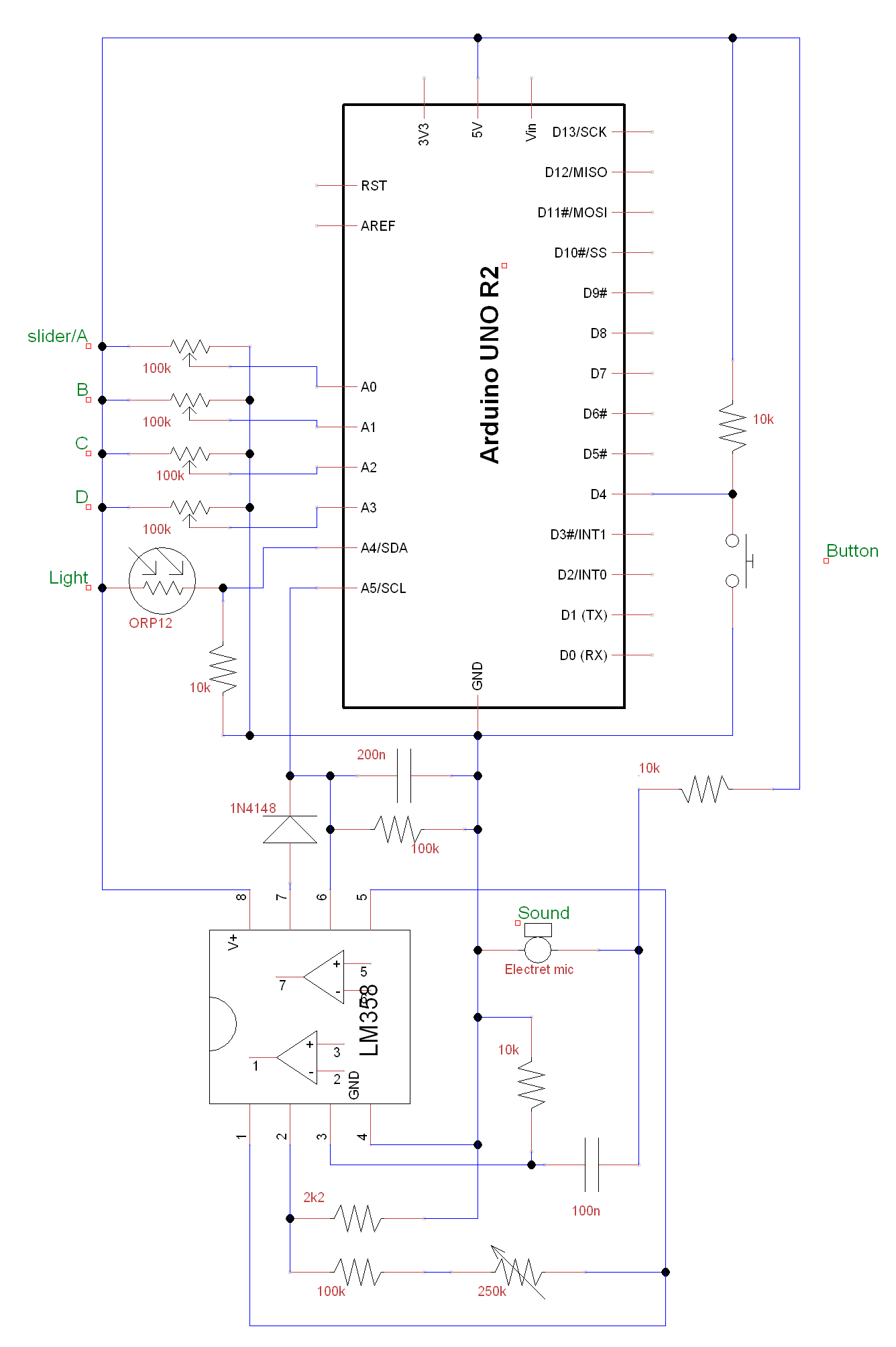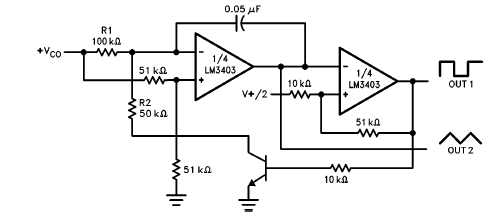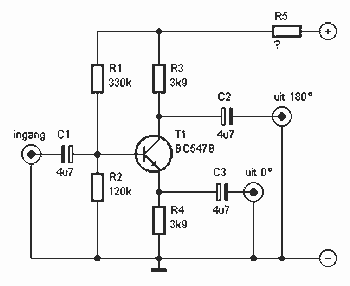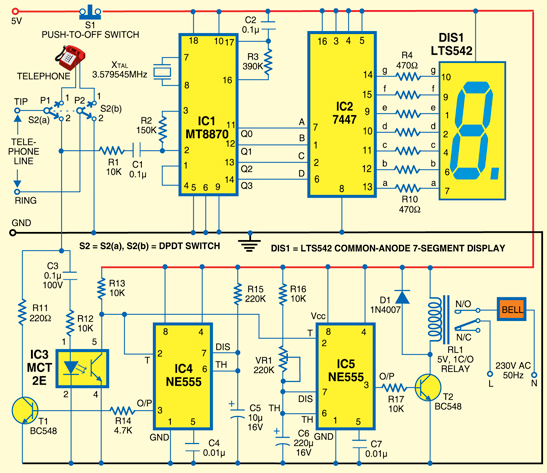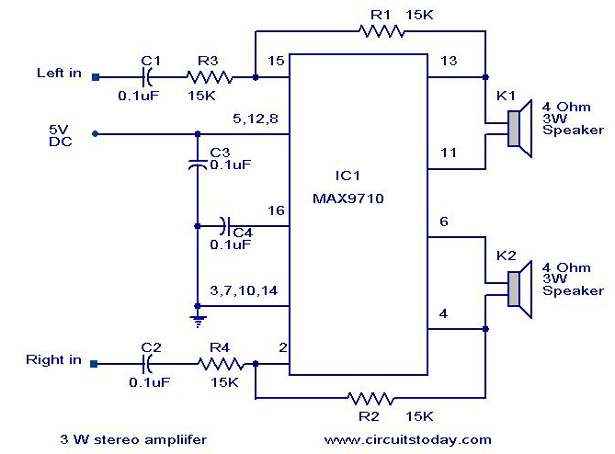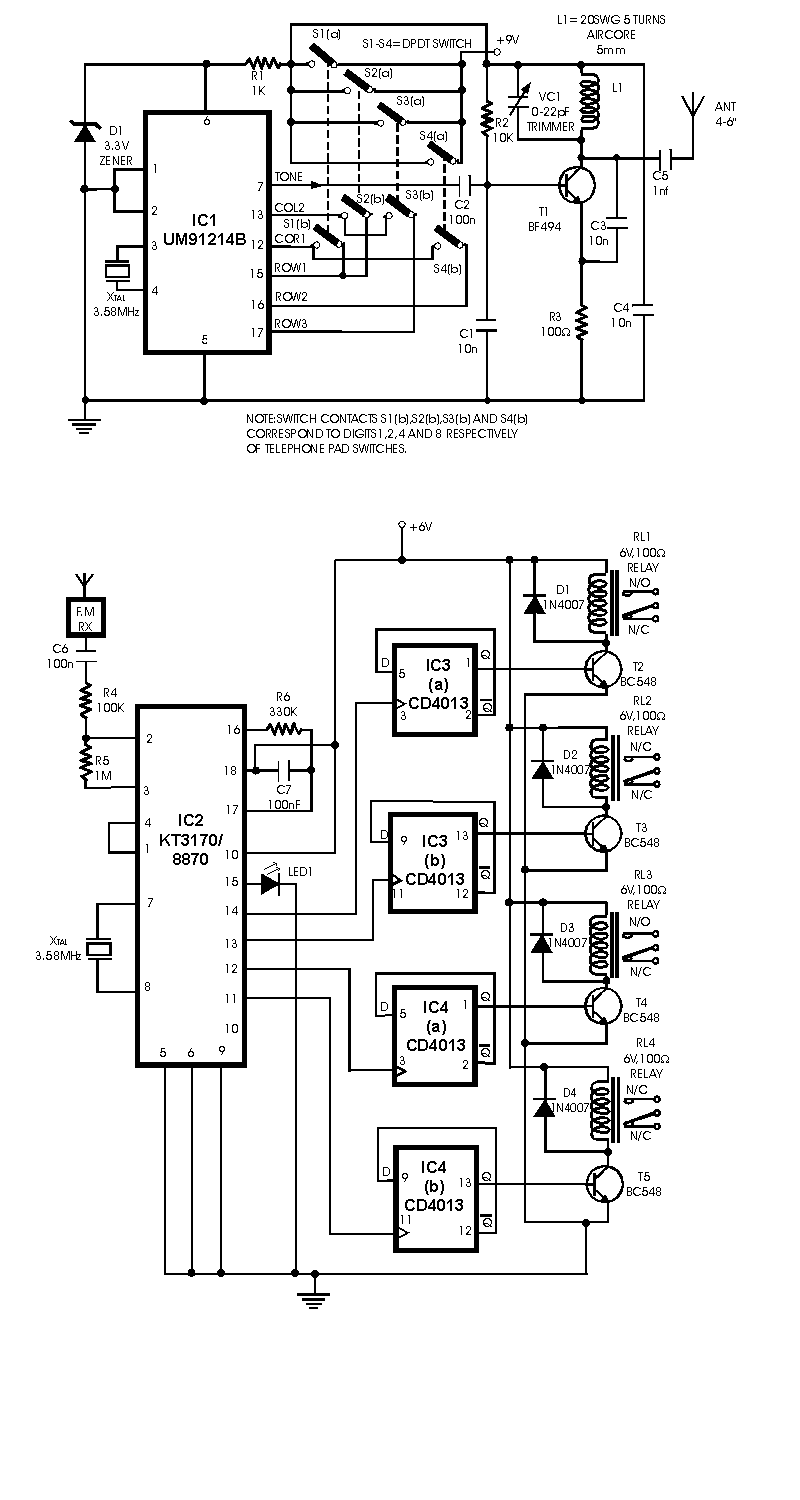
VHF UHF Low-Noise amplifiers using MAX2664 MAX2665
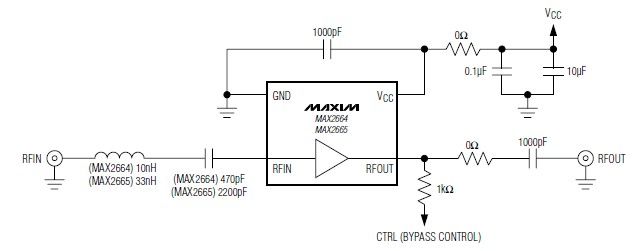
These devices feature a broadband low-noise amplifier (LNA) with an integrated bypass switch. The MAX2664 operates within the UHF frequency range of 470 MHz to 860 MHz, while the MAX2665 functions within the VHF frequency range of 75 MHz to 230 MHz. Each device includes a zero-power bypass mode to enhance performance under high-signal conditions. The VHF and UHF low-noise amplifiers exhibit a minimal current consumption of 3.3 mA, making them suitable for applications such as smartphones, MP3 players, home audio/video systems, and various portable navigation devices.
The MAX2664 and MAX2665 are designed to provide effective amplification for signals in their respective frequency ranges, ensuring optimal performance in high-frequency applications. The integrated bypass switch allows the amplifier to switch between active and bypass modes, which is particularly useful in scenarios where signal levels are high enough that amplification is unnecessary. This feature helps to conserve power and reduce heat generation, which is critical in battery-operated devices.
In terms of technical specifications, the MAX2664 and MAX2665 are engineered to maintain low noise figures, ensuring that the signal integrity is preserved even at low input levels. The devices are constructed using advanced semiconductor technology, which contributes to their low current consumption of just 3.3 mA. This low power requirement is advantageous for portable electronics, as it extends battery life without compromising performance.
The applications of these low-noise amplifiers span a wide range of consumer electronics. In smartphones and handsets, they enhance radio frequency performance, improving call quality and data transmission. In MP3 players and home audio/video systems, the amplifiers ensure clear sound reproduction by minimizing noise interference. Furthermore, in portable navigation devices, the low noise and high linearity of the MAX2664 and MAX2665 facilitate accurate signal processing, enhancing the overall user experience.
Overall, the MAX2664 and MAX2665 are versatile and efficient components that cater to the growing demand for high-performance, low-power amplification solutions in modern electronic devices. Their design emphasizes both functionality and energy efficiency, making them ideal for a variety of applications in the consumer electronics market.These devices incorporate a broadband LNA with an integrated bypass switch. The MAX2664 covers the UHF frequency range from 470MHz to 860MHz, and the MAX2665 covers the VHF frequency range from 75MHz to 230MHz. Each device has a zero-power bypass mode for improved high-signal-level handling conditions. VHF UHF Low-Noise amplifiers has a very low c urrent consumption of 3. 3 mA and can be used in applications like : Smartphones/Handsets, MP3 Players, Home Audio/Video and other portable navigation devices. 🔗 External reference
The MAX2664 and MAX2665 are designed to provide effective amplification for signals in their respective frequency ranges, ensuring optimal performance in high-frequency applications. The integrated bypass switch allows the amplifier to switch between active and bypass modes, which is particularly useful in scenarios where signal levels are high enough that amplification is unnecessary. This feature helps to conserve power and reduce heat generation, which is critical in battery-operated devices.
In terms of technical specifications, the MAX2664 and MAX2665 are engineered to maintain low noise figures, ensuring that the signal integrity is preserved even at low input levels. The devices are constructed using advanced semiconductor technology, which contributes to their low current consumption of just 3.3 mA. This low power requirement is advantageous for portable electronics, as it extends battery life without compromising performance.
The applications of these low-noise amplifiers span a wide range of consumer electronics. In smartphones and handsets, they enhance radio frequency performance, improving call quality and data transmission. In MP3 players and home audio/video systems, the amplifiers ensure clear sound reproduction by minimizing noise interference. Furthermore, in portable navigation devices, the low noise and high linearity of the MAX2664 and MAX2665 facilitate accurate signal processing, enhancing the overall user experience.
Overall, the MAX2664 and MAX2665 are versatile and efficient components that cater to the growing demand for high-performance, low-power amplification solutions in modern electronic devices. Their design emphasizes both functionality and energy efficiency, making them ideal for a variety of applications in the consumer electronics market.These devices incorporate a broadband LNA with an integrated bypass switch. The MAX2664 covers the UHF frequency range from 470MHz to 860MHz, and the MAX2665 covers the VHF frequency range from 75MHz to 230MHz. Each device has a zero-power bypass mode for improved high-signal-level handling conditions. VHF UHF Low-Noise amplifiers has a very low c urrent consumption of 3. 3 mA and can be used in applications like : Smartphones/Handsets, MP3 Players, Home Audio/Video and other portable navigation devices. 🔗 External reference
